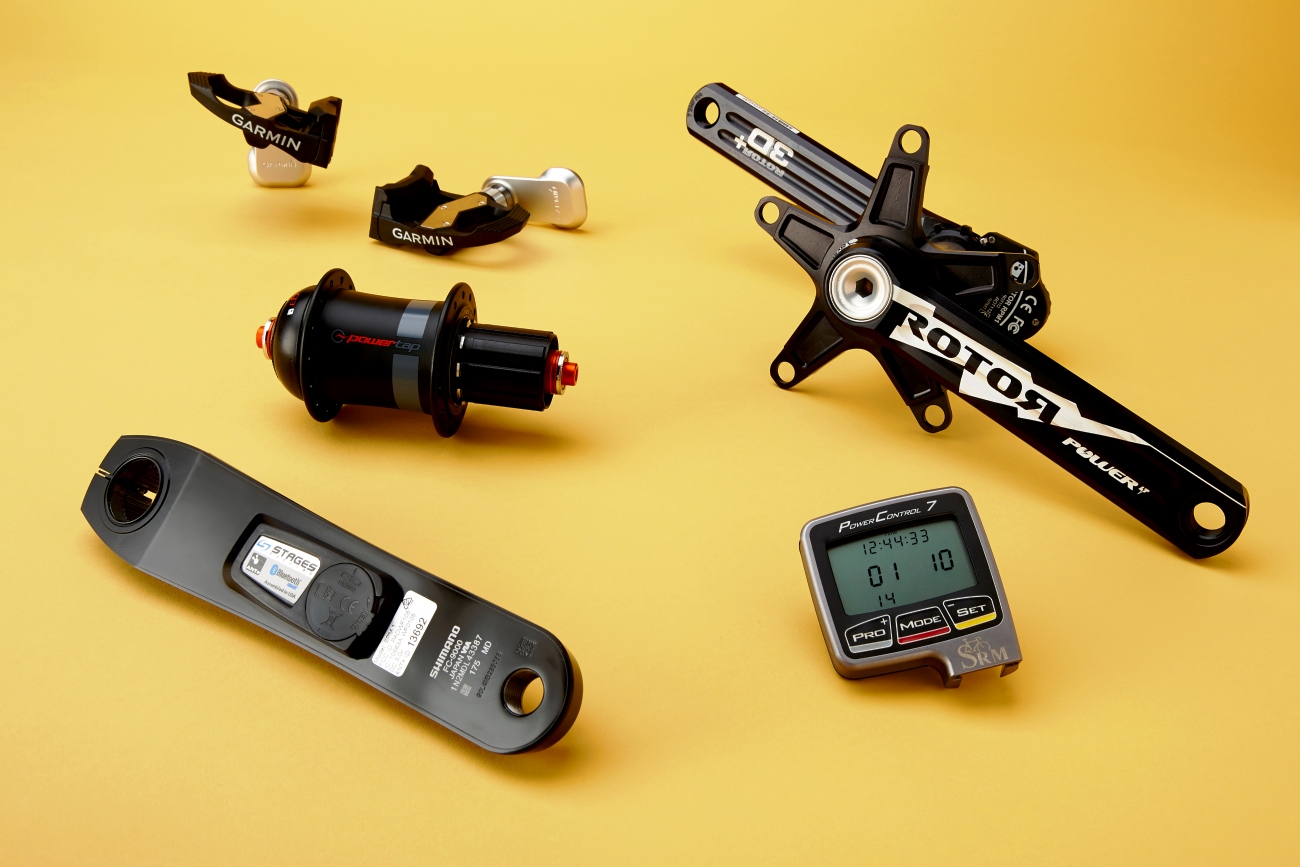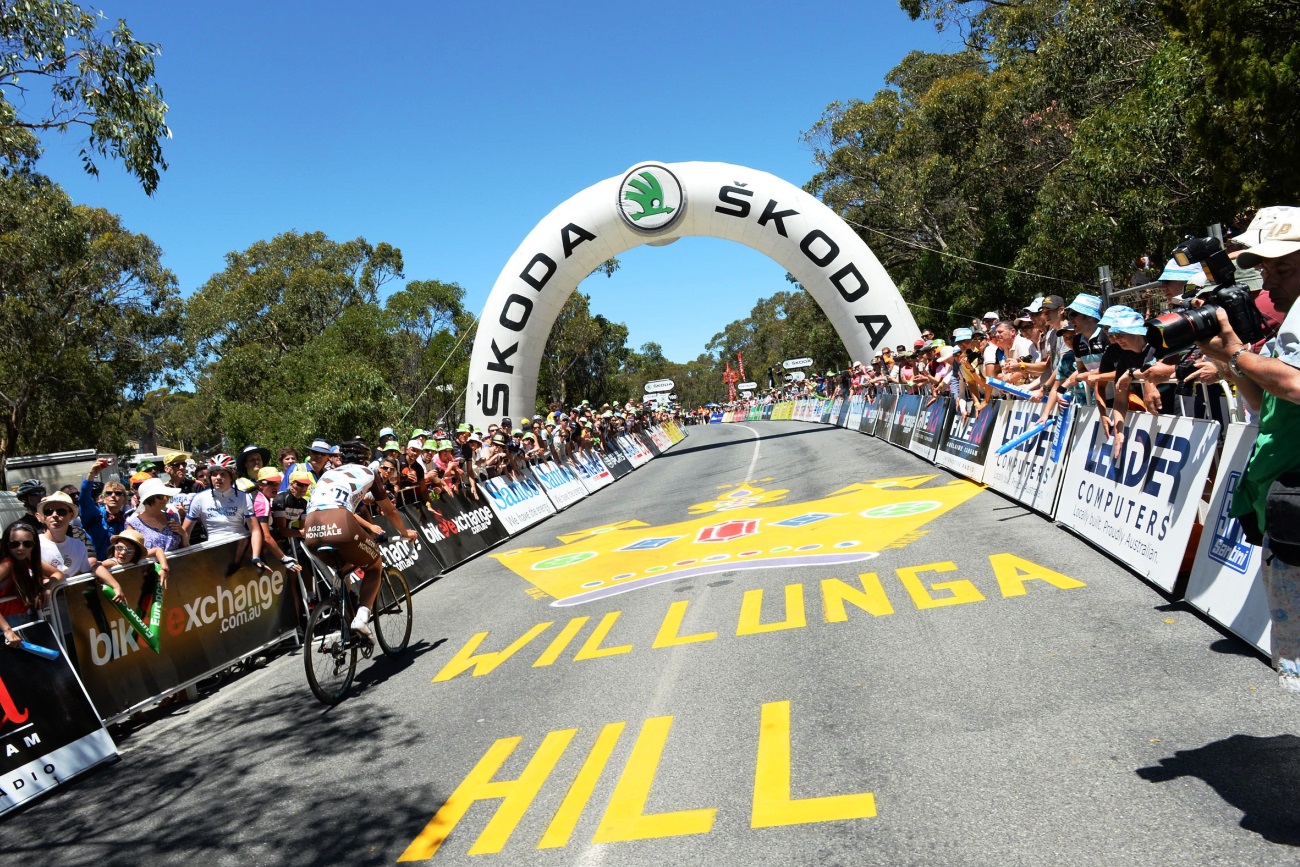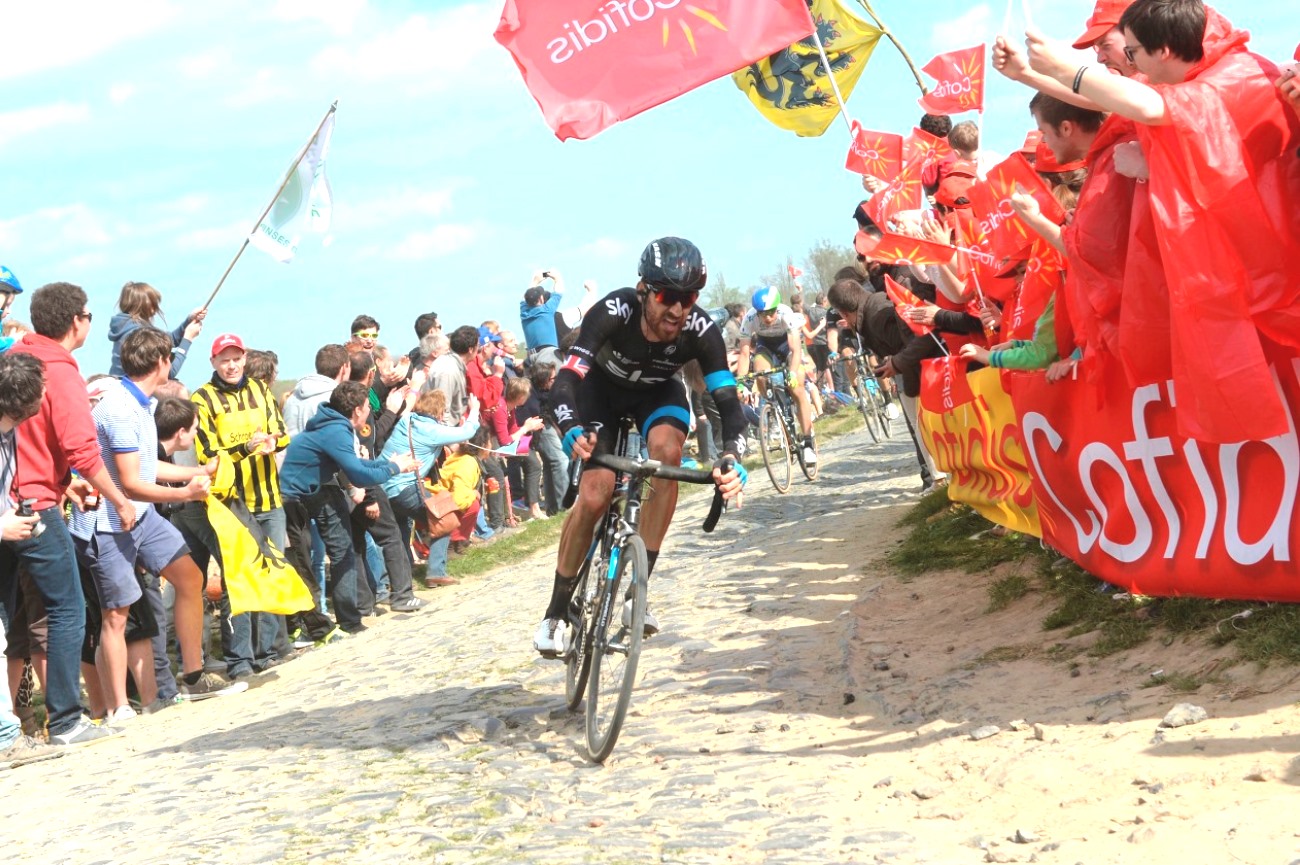2. What is a power meter?
-

Training with power might still be reasonably expensive, but it's by far the best metric for measuring your effort
-

-

There's no reason why your smartphone can't be your most valuable resource for all things cycling-related
-

While power meters were once the preserve of pro cyclists, they're now increasingly popular with amateurs
-

-

Sprint like Mark Cavendish away from traffic lights (Pic: Tim De Waele/TDW Sport)
2. What is a power meter?
There are many different power meters on the market, at a variety of different price points, and the vast majority work by using a device called a strain gauge.
This is a piece of electrical machinery which measures how much your crankset/wheel/pedal axle is bending when you push down on the pedals. The strain gauge converts this flex into an electrical resistance, and based on the amount electrical resistance, the power meter can calculate the amount of torque being produced. Torque is the turning force on the pedals, so power in watts is a calculation or torque multiplied by cadence – or, more simply, how hard you are pushing on the pedals multiplied by how fast you are pedaling.
There are advantages and disadvantages to every power meter on the market and you can read more about the specifics of each in our power meters buyer’s guide.
What is important to note with power meters is that they aren’t always cross-compatible. If you were lucky enough to have two different power meters on the same bike recording at the same time, the data that they gave you wouldn’t necessarily be the same.
For example, I coached an athlete with an SRM and a power-compatible Elite turbo trainer. There was often a 20 watt difference in the numbers. This, however, isn’t actually a problem. The important factor when looking at a power meter is that it is accurate to itself session after session. So 240w on your SRM in today’s session is the same as 240w yesterday and will be the same 240w tomorrow. This allows accurate comparisons across multiple sessions.
Manual zero
One thing I will stress here is the importance of doing a ‘manual zero’ before each ride – or essentially hitting the reset button on your power meter. Power meters are very sensitive to temperature changes and, therefore, putting your bike outside if possible for a few minutes before your ride and then doing a manual zero allows your power meter to adapt to the ambient temperature. The manual zero then tells your power meter to adjust the values it is giving for that ambient temperature.
Now, some power meters don’t have this function, but if yours does then the 30 seconds you spend at the start of a ride doing a manual zero makes the accuracy of the data far greater. I always tell athletes I coach that false information is worse than no information! False information may lead to changes in training plans that aren’t needed.
Now you have your power meter, how do you use it?





